A new study using intracranial recordings in humans reveals that the thalamus, particularly its higher-order regions, plays a central role in triggering conscious perception.
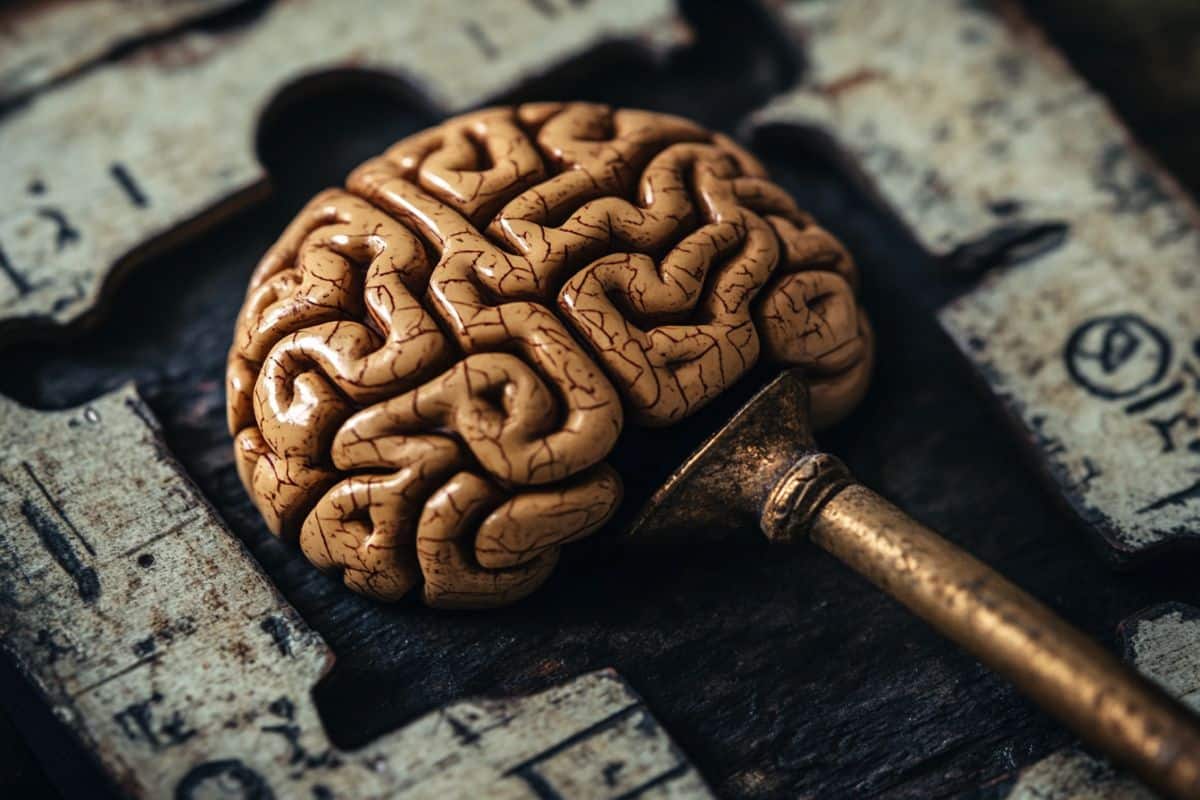

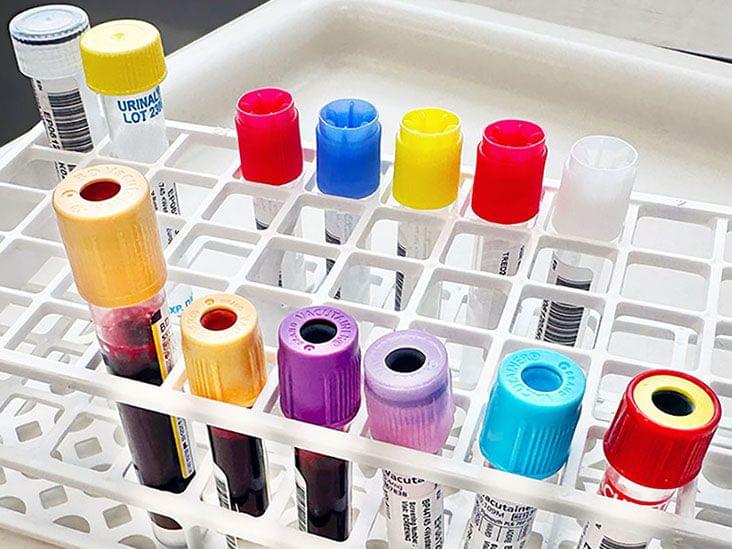
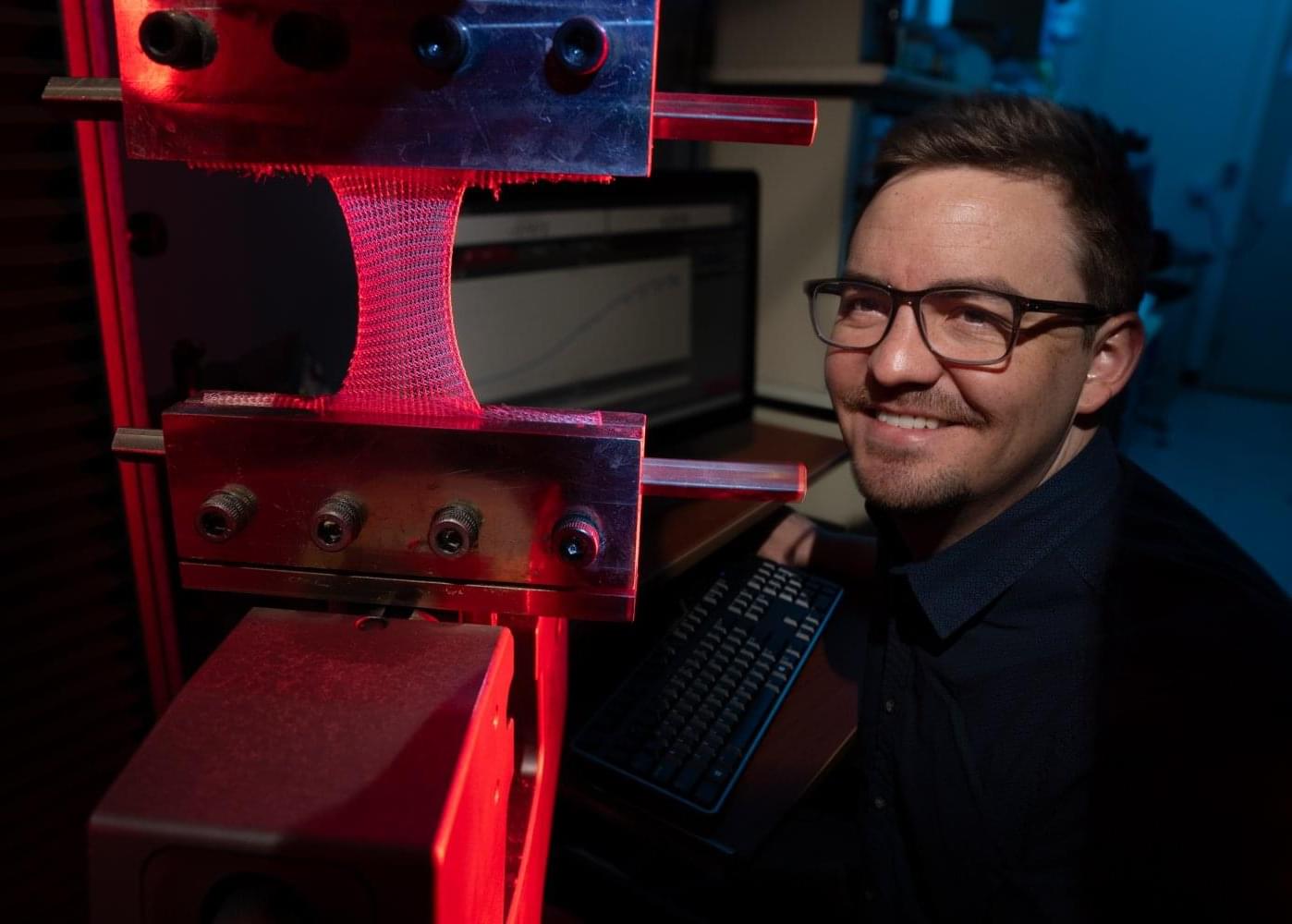
Knitted microtissues, seeded with stem cells and other precursor cells, may soon accelerate the healing process of different soft tissues in humans. The work is led by researchers at the Defense Fabric Discovery Center at MIT Lincoln Laboratory as well as the MIT Department of Mechanical Engineering.
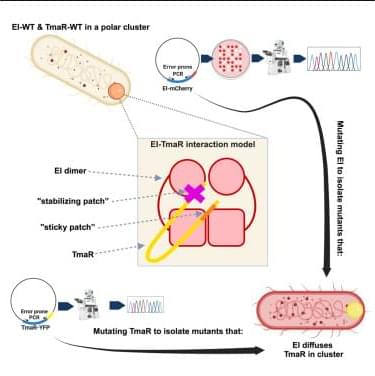
Professor Kenji Osafune (Department of Cell Growth and Differentiation) and his team of researchers have devised an effective means to grow iPS cell-derived kidney progenitor cells, paving the way for renal regenerative therapies to become a reality. The findings are published in the journal Science Translational Medicine.
Modern medicine continues to be hampered by the lack of effective treatments for acute kidney injury (AKI) and chronic kidney disease (CKD). Regenerative medicine, such as cell replacement therapies, represents a new hope for patients. Yet, such therapeutic approaches require large-scale production of the necessary cells, which had remained a challenge until this discovery.
Using a mouse model of AKI, the research team first demonstrated the therapeutic potential of human iPS cell-derived nephron progenitor cells (hiPSC-NPCs). When these cells were transplanted into the kidneys of AKI mouse models induced by an anti-cancer drug, cisplatin, the animals’ survival was vastly improved by preventing the deterioration of kidney function.


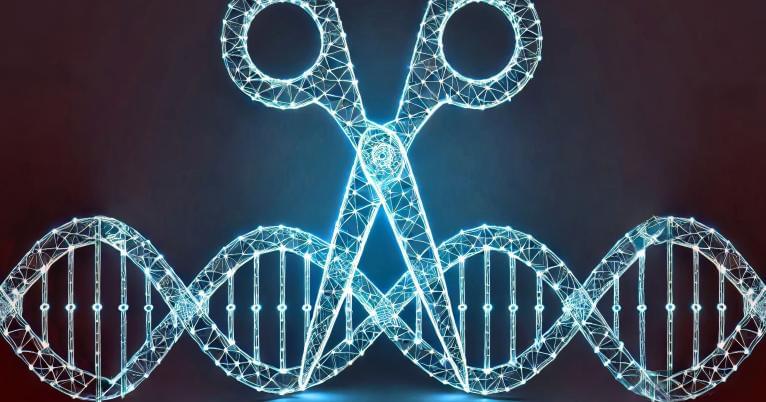
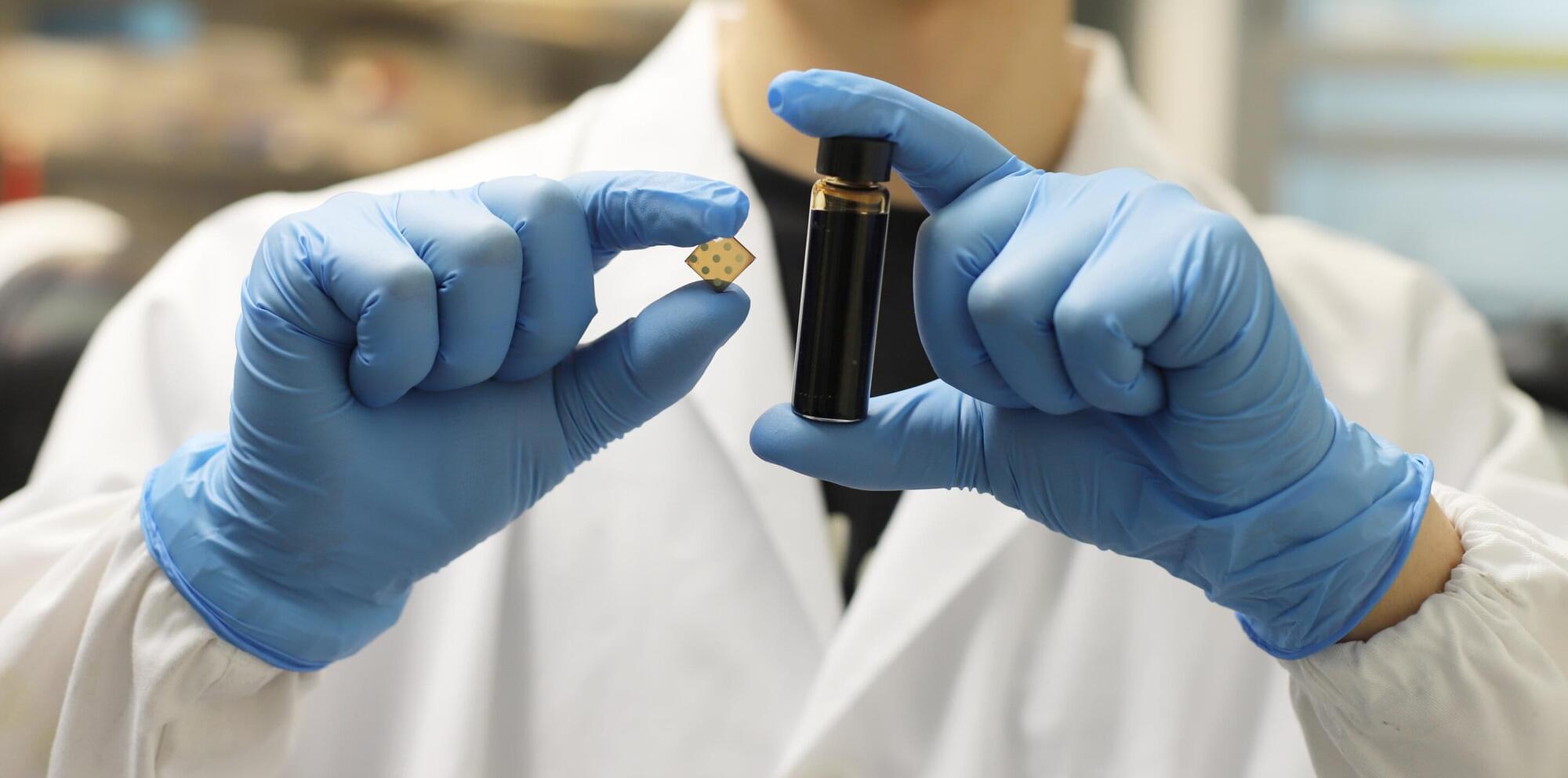
The frequency regime lying in the shortwave infrared (SWIR) has very unique properties that make it ideal for several applications, such as being less affected by atmospheric scattering as well as being “eye-safe.” These include Light Detection and Ranging (LIDAR), a method for determining ranges and distances using lasers, space localization and mapping, adverse weather imaging for surveillance and automotive safety, environmental monitoring, and many others.
However, SWIR light is currently confined to niche areas, like scientific instrumentation and military use, mainly because SWIR photodetectors rely on expensive and difficult-to-manufacture materials. In the past few years, colloidal quantum dots —solution-processed semiconducting nanocrystals—have emerged as an alternative for mainstream consumer electronics.
While toxic heavy-metals (like lead or mercury) have typically been used, quantum dots can also be made with environmentally friendly materials such as silver telluride (Ag2Te). In fact, silver telluride colloidal quantum dots show device performance comparable to their toxic counterparts. But they are still in their infancy, and several challenges must be addressed before they can be used in practical applications.
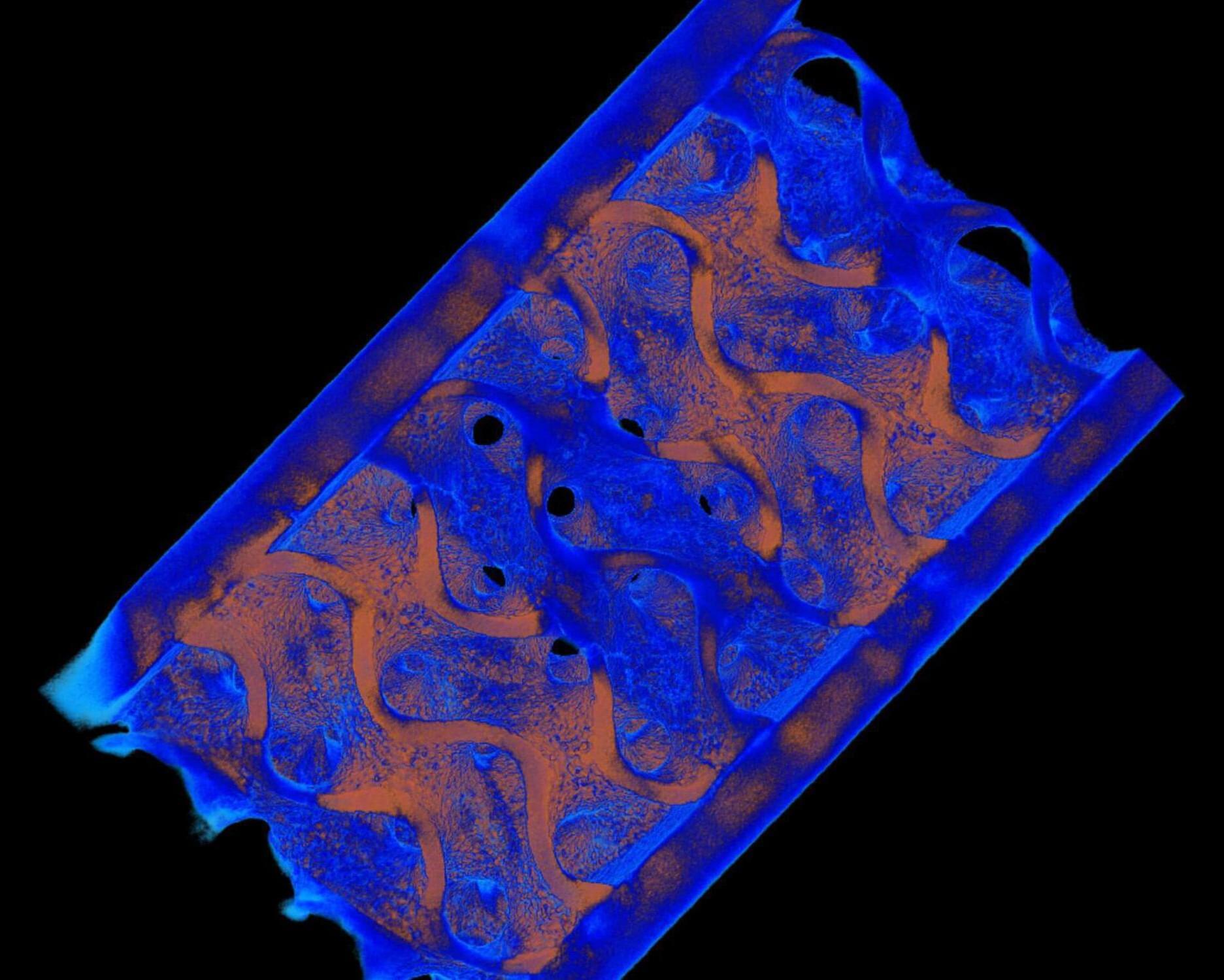
A team of Penn State researchers has used a new 3D-printing method to produce a complex metal build that was once only possible with welding: fusing two metals together into a single structure.
Using an advanced additive manufacturing process known as multi-material laser powder bed fusion—enabled by a newly acquired system in Penn State’s Center for Innovative Materials Processing Through Direct Digital Deposition (CIMP-3D)—the researchers printed a complex structure out of a blend of low-carbon stainless steel and bronze, which consists of 90% copper and 10% tin.
The researchers have published their approach in npj Advanced Manufacturing.
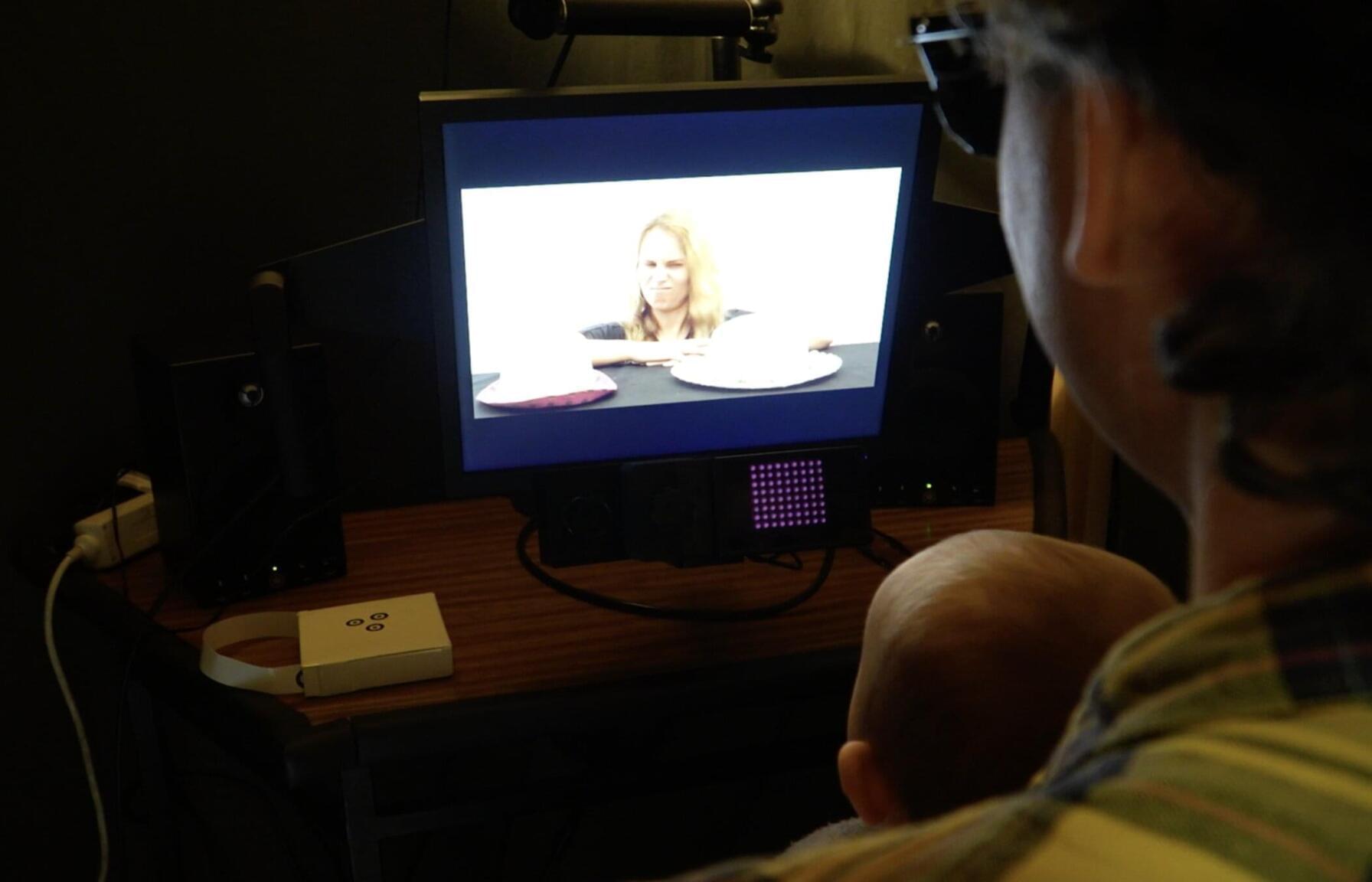
To understand complex objects, humans are known to mentally transform them and represent them as a combination of simpler elements. This ability, known as compositionality, was so far assumed to require fluency in language, thus emerging in childhood after humans have learned to speak and understand others.
Researchers at Aix-Marseille University-CNRS and PSL University École des Hautes Études en Sciences Sociales-CNRS recently explored the possibility that compositionality is based on simple processes and might therefore already be present in infants. Their paper, published in Communications Psychology, provides evidence that infants as young as 1-year-old already possess basic compositional abilities.
“We are generally interested in understanding what is in place before language takes off in an infant’s mind,” Isabelle Dautriche, first author of the paper, told Medical Xpress. “One of the central properties of language is compositionality, which is a long word that simply means the capacity to put words together to understand sentences.